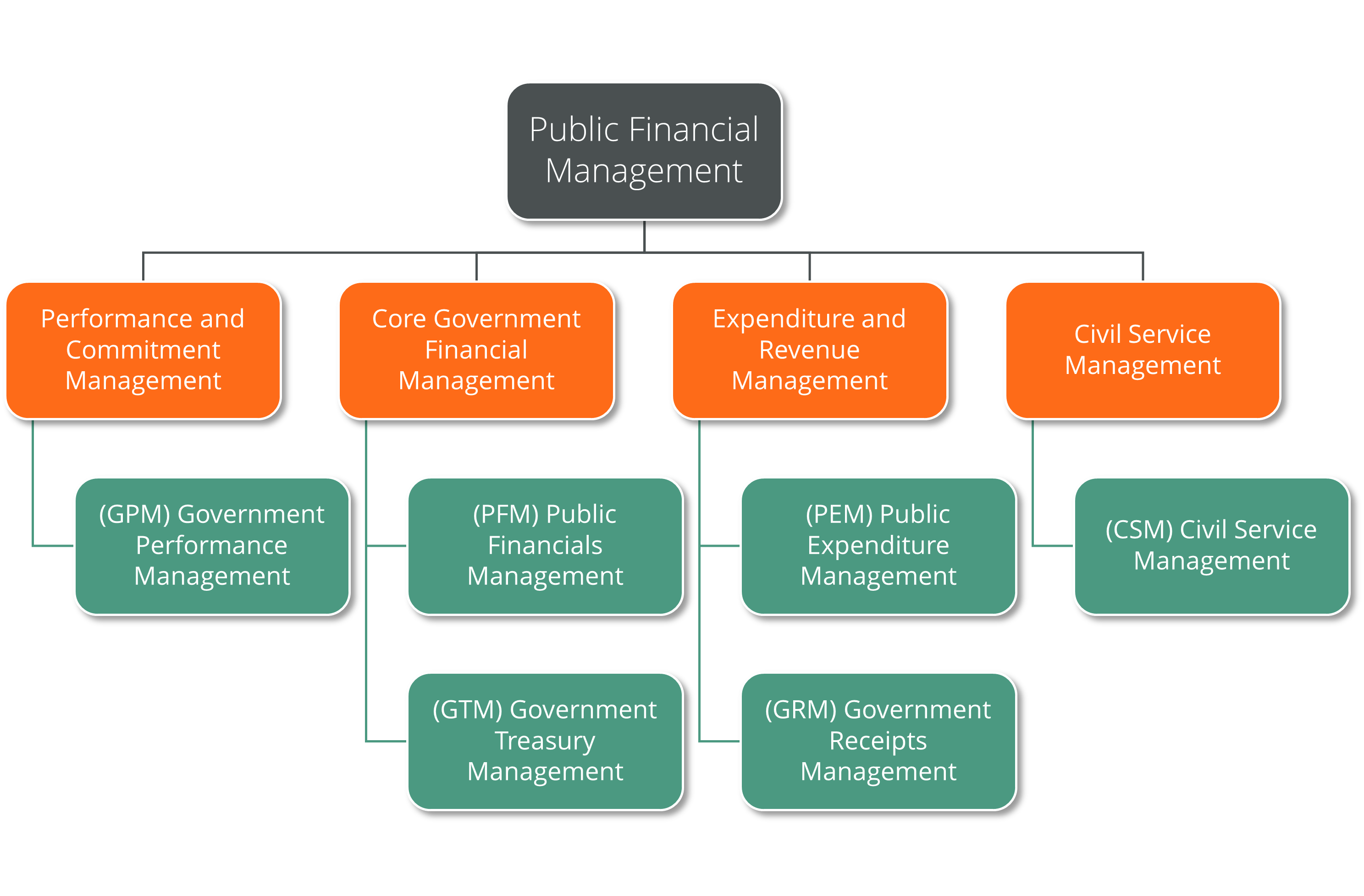And, what’s wrong with it?
By: Doug Hadden, EVP Strategy and Innovation
That’s the subject of a panel discussion I’ve been invited to join this week in Washington D.C. The panel session is hosted by the Overseas Development Institute (ODI) and titled The technology architecture for the future of public finance.
The ODI suggests: “Often our technologies for financial management are addressing yesterday’s expectations rather than today’s, let alone being adaptable to tomorrow’s. That’s a problem in a rapidly changing and volatile world where governments and public finance systems are expected to be more flexible and responsive to emerging challenges.”
What is the fundamental public finance technical architecture problem?
Root cause: technical architectures designed to support Public Financial Management (PFM) and Financial Management Information Systems (FMIS) do not align with business architectures.
A technical architecture details the specific technical components, data structures, and IT infrastructure of a project or solution. In this case: Financial Management Information Systems (FMIS) implemented by governments. A business architecture defines how an organization structures operations, processes, governance, and objectives to achieve goals.
The “yesterday’s expectations” problem described by the ODI comes from FMIS technical architectures based on PFM requirements at points in time. Many FMIS solutions became highly customized through bespoke development or adaptation of software designed for private sector business architectures: namely enterprise resource planning (ERP) tools.

The “flexible and responsive to emerging challenges” observation needs more precision. Public finance differs from business finance by constant reform and modernization. Business financial management standards and regulations experience some changes over time. PFM, on the other hand, experiences far more waves of legal reform and process modernization.
It’s not a new phenomenon. Among the need for public finance progressive activation are:
- Accrual and cost accounting
- Treasury Single Account (TSA)
- Aggregate commitment controls
- Decentralization and de-concentration
- Fiscal transparency
- Program budgeting and Medium-Term Budget Frameworks (MTBF)
- Government performance management
- Digital service delivery
What does FreeBalance do differently?

The FreeBalance Public Financial Management Component Map (PFMCM) represents the PFM business architecture. The PFMCM informs the technical architecture of the FreeBalance Accountability Platform™. The PFMCM explicitly identifies reform and modernization as key requirements. Result: progressive activation built into all modules of the FreeBalance Accountability Suite™ through configuration rather than customization. This Low-Code/No-Code functionality was no afterthought, as it is with many ERP suites. Consider this blog entry from 2009 explaining configuration parameters that improves financial sustainability. We believe that this is what distinguishes government resource planning (GRP) from ERP.
What guidance do we have for the PFM community?
Progressive activation needs to be a gateway requirement for all software acquisitions supporting PFM. These gateway requirements should recognize the PFM business architecture. The question “how have vendors adapted software across two or more legal reform phases?” should be built into assessments of vendor suitability.
FMIS tenders are heavily solution-focused: hundreds to thousands of requirements. Almost all requirements represent desired points in time. It’s very easy to get lost in these requirements and lose the business architecture plot. In addition to progressive activation, governments should request vendors to show how proposed solutions help achieve goals. Vendors should be required to deliver comprehensive solutions architectures.
Would you like to know how to develop a PFM solutions architecture to integrate business and technical architectures? One of our PFM experts can talk through your government’s needs, brief you on how the Public Financial Management Component Map can help you prioritize requirements, and how FreeBalance can help you achieve your goals: please get in touch.